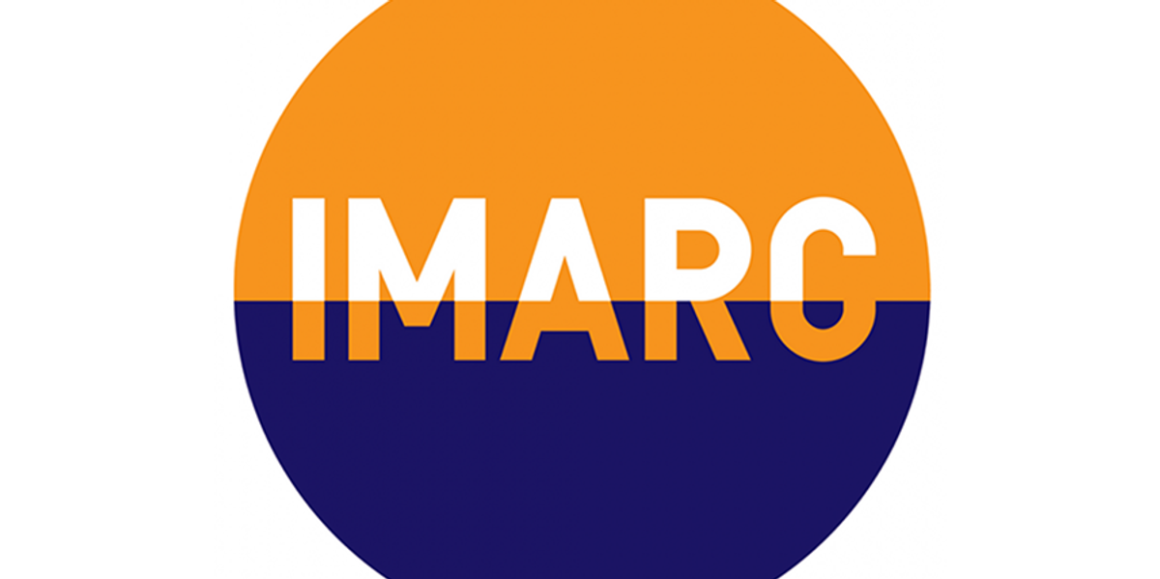Facing real challenges on the availability, affordability and sustainability fronts McKinsey senior partner Michel Von Hoey said were shifting uncomfortably for many mining and metals companies, traditional copper production leaders faced acute pressures on their business-as-usual models as they grasped at clear growth opportunities presented by the world’s nascent mobility and energy transitions.
Among the few minerals to lag behind 2020-2023 production growth forecasts, the world’s circa-US$200 billion copper sector faced structural supply problems that wouldn’t necessarily be alleviated by new supply from Africa.
A McKinsey Global Materials Perspective webinar heard that while financing capacity in the $4 trillion mining and metals industry was “theoretically sufficient” to support the scale-up to keep 2024-2035 supply in line with projected demand for key commodities, capital deployment remained heavily contingent upon availability of “a sufficient number of profitable and attractive projects” and “investments need to be connected with the right regions, the right players and the right projects”.
Copper mining and processing capex presents as a $780 billion bucket of that estimated 2024-2035 capex – interestingly about the same as that forecast for thermal coal – behind only the steel (including iron and metallurgical coal) sector.
Metals specialist Gustav Hedengren said higher prices were needed to incentivise new copper, nickel and lithium production to meet anticipated demand, but these were not necessarily going to be enough to stimulate more supply.
The McKinsey webinar heard the increasing capital and emissions-intensity of copper were weights on new supply of the red metal.
Von Hoey said cost and capital expenditure efficiency would become more pivotal in the metals and mining space in securing long-term “affordability and competitiveness”.
McKinsey associate partner Michel Foucart said the volume of material to be moved to extract 25 million tonnes of copper was “roughly the same as the amount of material that needs to be moved in the entire iron ore industry, which is a 2 billion tonne market”.
Von Hoey said deeper collaboration between mining and metals companies and their customers, suppliers and stakeholders, including regulators, was needed in an environment in which end markets were evolving fast and a highly capital-intensive industry had to “decarbonise in a context where the business case for decarbonisation is very unclear”.


Leave a Reply